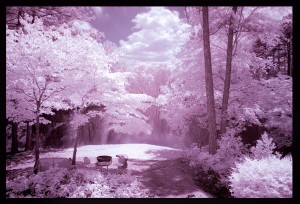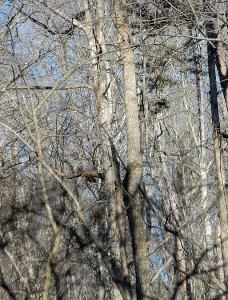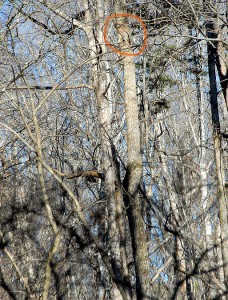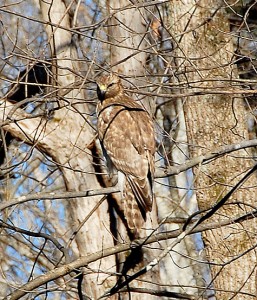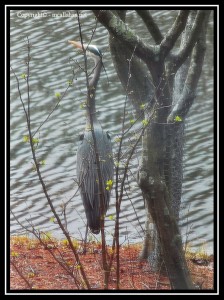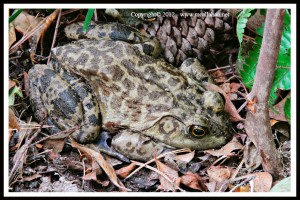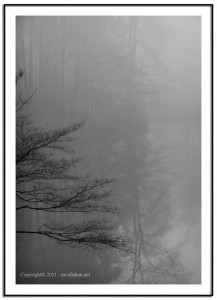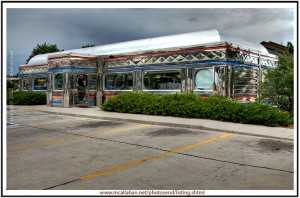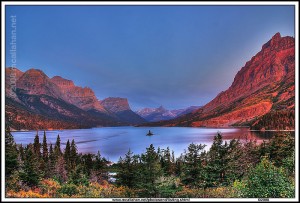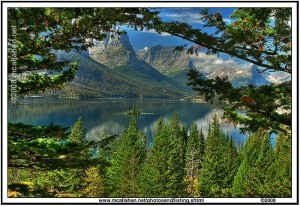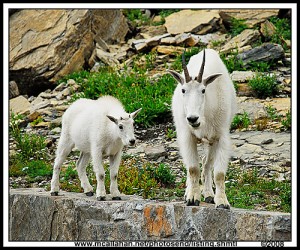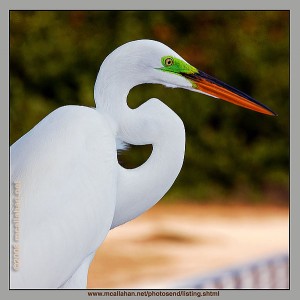I recently bought a IR760 filter to use on my Nikon D200 camera, as I’ve developed an interest in taking infrared digital photographs. This filter mostly allows only infrared wave length light to pass thru it and be recorded by the camera’s sensor.
With some trial and error, and long exposure times, I managed to get this shot of the lake in full 1PM afternoon sunlight.
Most digital cameras have a built-in filtering function to block infrared wave length light. That’s because for ‘normal’ light images, infrared light will damage the quality of the photograph. So with an un-modified digital camera, you are somewhat fighting one thing to achieve another. You are trying to collect and use infrared wave length light, while your camera is trying to block those same wave lengths of light.
Unfortunately for my infrared photography, the Nikon D200 is known to have a very effective block of those ‘un-wanted’ infrared light waves. This results in very little infrared getting to the camera sensor, and correspondingly long exposure times. Not ideal.
So I’m thinking I will eventually get another camera body – modified especially for infrared ability. The modification involves removing the built-in filtering block on infrared light.
More equipment to carry. More expense.
It never ends, does it.
